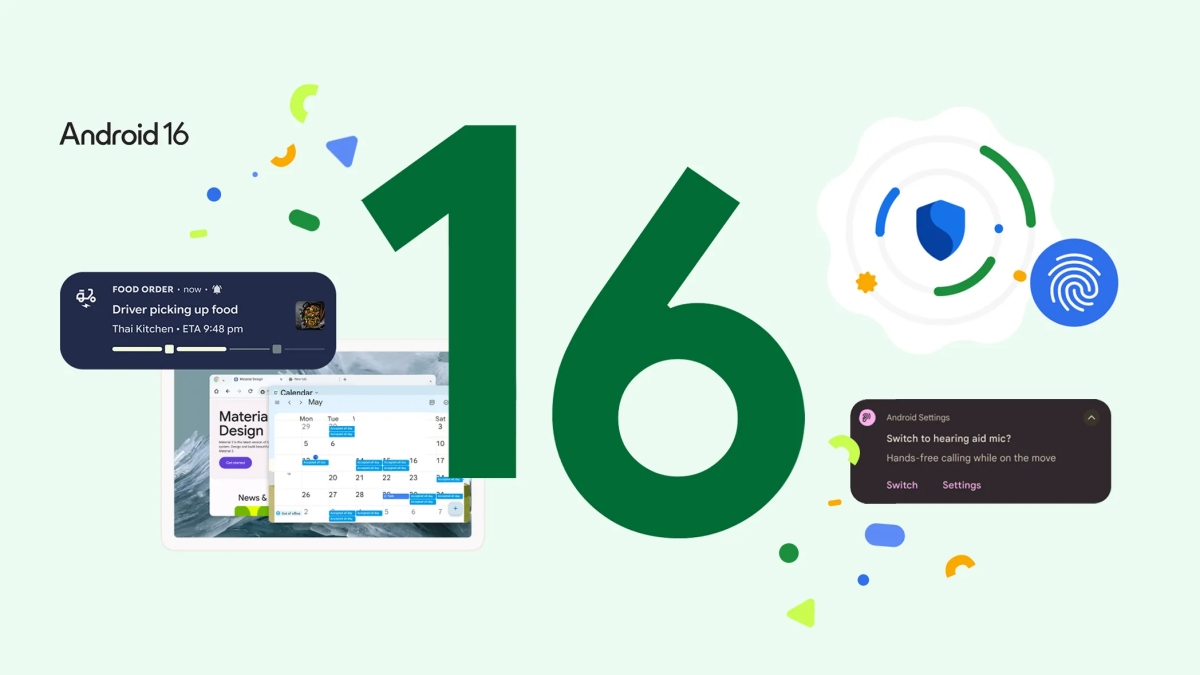Android has undergone many cosmetic and internal changes in the last half decade. However, Google has been prioritizing security features and AI over making changes to the UI. Last month, Google hosted an entire show dedicated to Android, where it announced Material 3 Expressive inside Android 16. Now, it’s rolling out Android 16 for eligible Pixel phones and here’s everything new on it.
What’s New on Android 16?
We’ve extensively covered all the features in our Android 16 features guide as soon as they were unravelled. For a quick rundown, here are a few key features.
The main highlight of Android 16 is the arrival of Progress-centric notifications. These are similar to Live Activities on iOS and the implementation of many other Android manufacturers. The gist of this feature is that Apps whose core functionality involves updating users frequently like can use it to show the progress of a particular task in real-time. For example, food delivery apps, Uber, Google Maps, etc.
The next improvement is support for Adaptive Refresh Rate. Android is also getting new Adaptive Refresh Rate APIs. Many phones have supported ARR for years, but Android 16 adds platform-level support for the same. This means the choppiness, that sometimes occurs on apps unoptimized to utilize the full refresh rate capabilities, could go away once developers wire-in support for the API.
Since Android’s new photo picker and cloud support rolled out, one of the features that’s been missing is the ability to search for your photos from the preferred cloud storage app. Well, Android 16 adds support for the same. Users can now search for pictures using the keywords supported by the cloud platform like Google Photos, and quickly share the exact photo with an app.
The latest Android update also includes largely improved Predictive back gestures with support for system-wide Predictive back gestures. Besides gesture navigation, predictive back gestures are now also supported in three-button navigation. Animations-wise, they appear much more delicate and fully-mature compared to previous iterations of Android.
There are many new privacy and security APIs and permissions are available in Android 16. This includes Privacy Sandbox, Local Network Permissions, and more. Similarly, the Camera APIs are also getting some love this year with a few new APIs and improvements like Hybrid auto-exposure, Color temperature and tint adjustments, Night mode detection, UltraHDR, and more.
Lastly, Google is rolling out it’s improved factory reset protection in Android 16. The new and improved FRP ensures thieves cannot bypass the Google sign in screen in case the device is stolen.
And those were some of the key features Android 16 brings to the table. The new Android iteration catches up with its previous inconsistencies, introduces new API for a seamless user experience, as well as improves performance and security.
The release doesn’t include Google’s upcoming Material 3 Expressive redesign. Google says it will come to Pixel phones “later this year”, so we can expect it to arrive in a future Pixel feature drop.
Android 16: Eligible Pixel Phones
The following Pixel phones will get Android 16 first before other devices. The older Pixel series is in the list because Google recently extended software support on the Pixel 6 and 7 series by two more years.
- Pixel 9 / 9 Pro / 9 Pro XL / 9a
- Pixel 9 Pro Fold
- Pixel 8 / 8 Pro / 8a
- Pixel 7 / 7 Pro / 7a
- Pixel 6 / 6 Pro / 6a
Android 16 should also eventually roll out to these Samsung, Nothing, and OnePlus devices in the coming months. Considering Google’s working with multiple OEMs, you can expect it to roll out to a host of devices like the Galaxy S25, OnePlus 13/13T, and Nothing Phone 3a series by the end of June or July. For the rest, it could take a few more months for the full rollout.
What are your thoughts on Android 16? What features are you looking forward to most in Android 17? Let us know in the comments.
Source link
